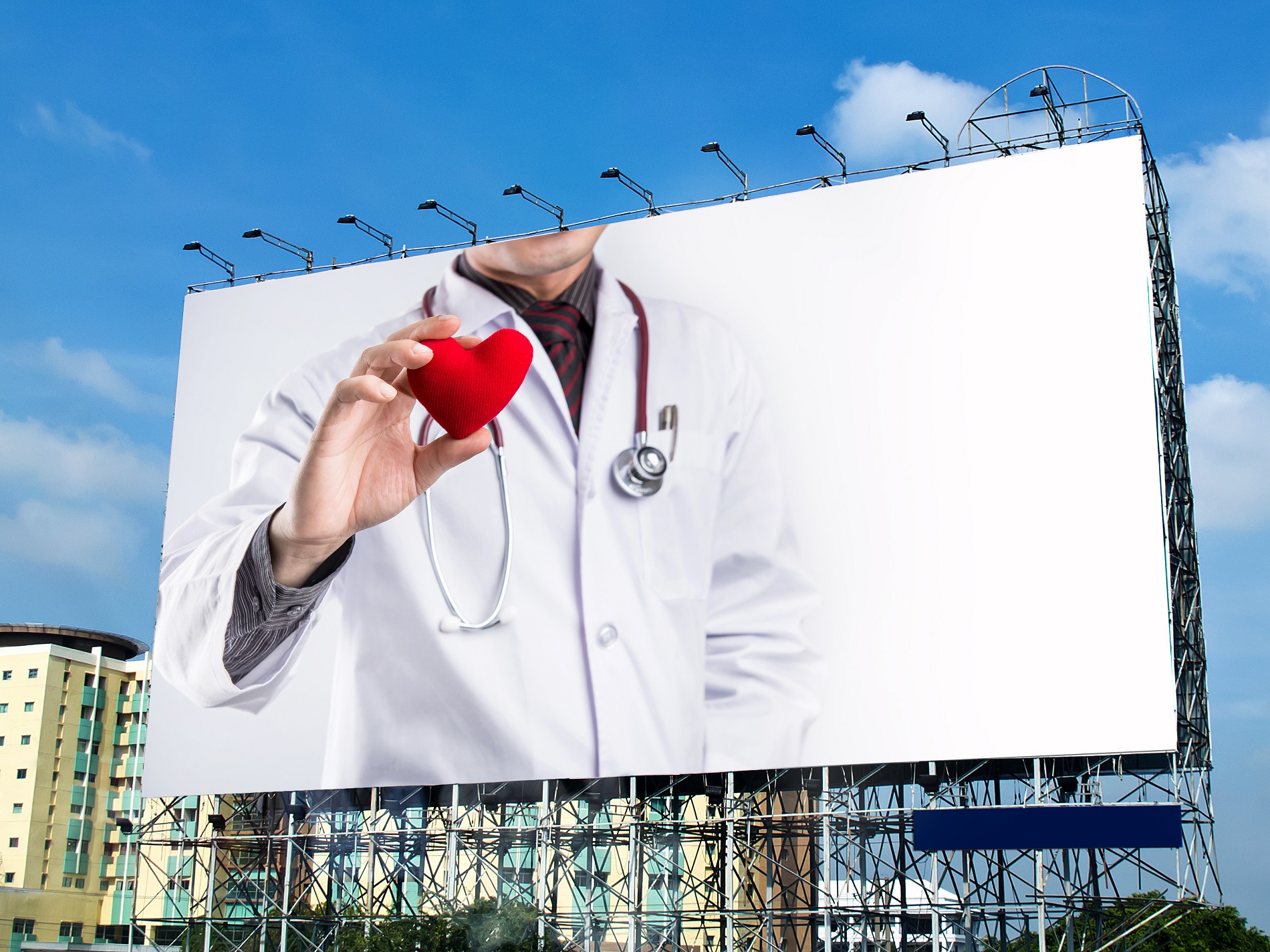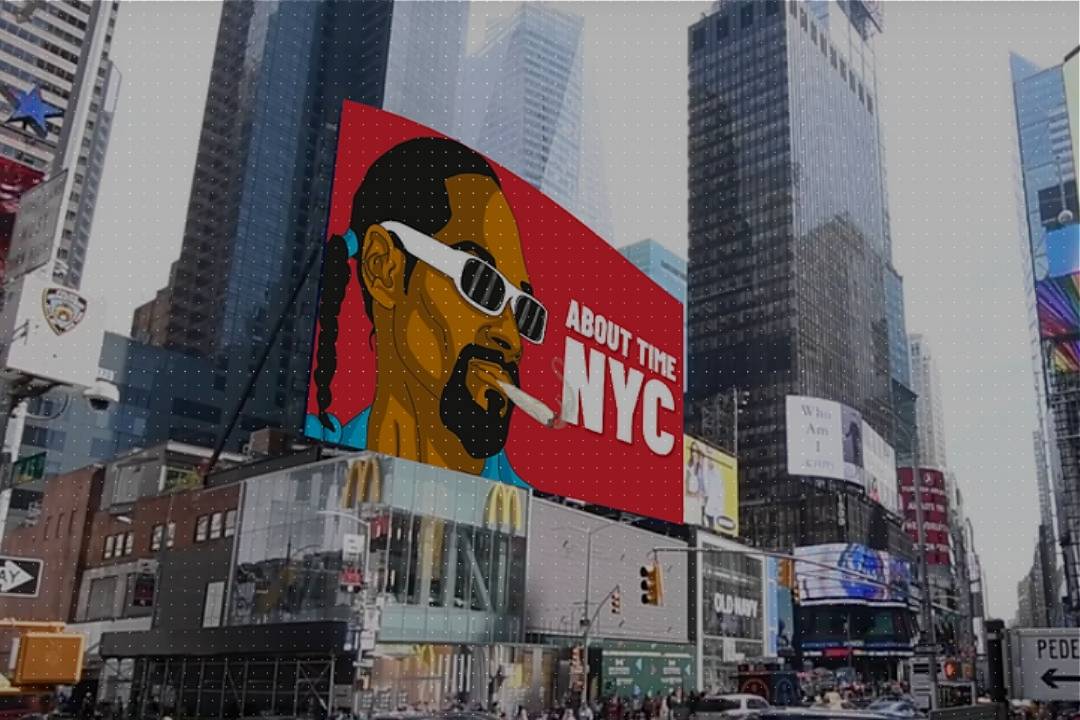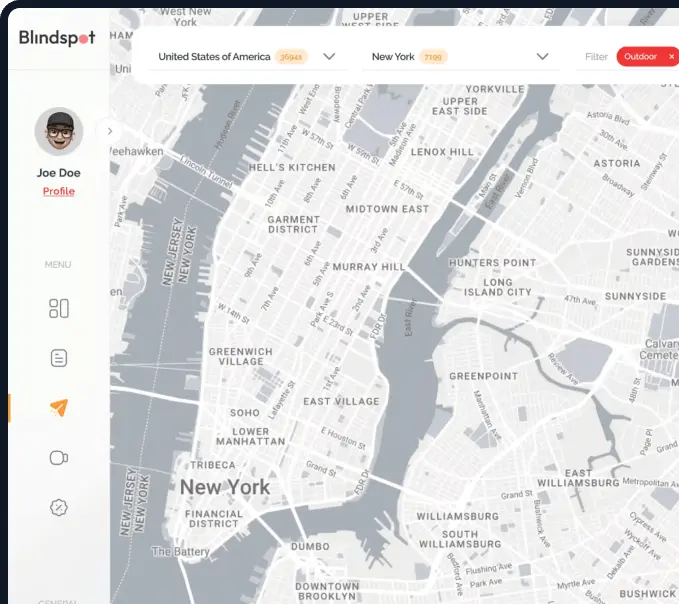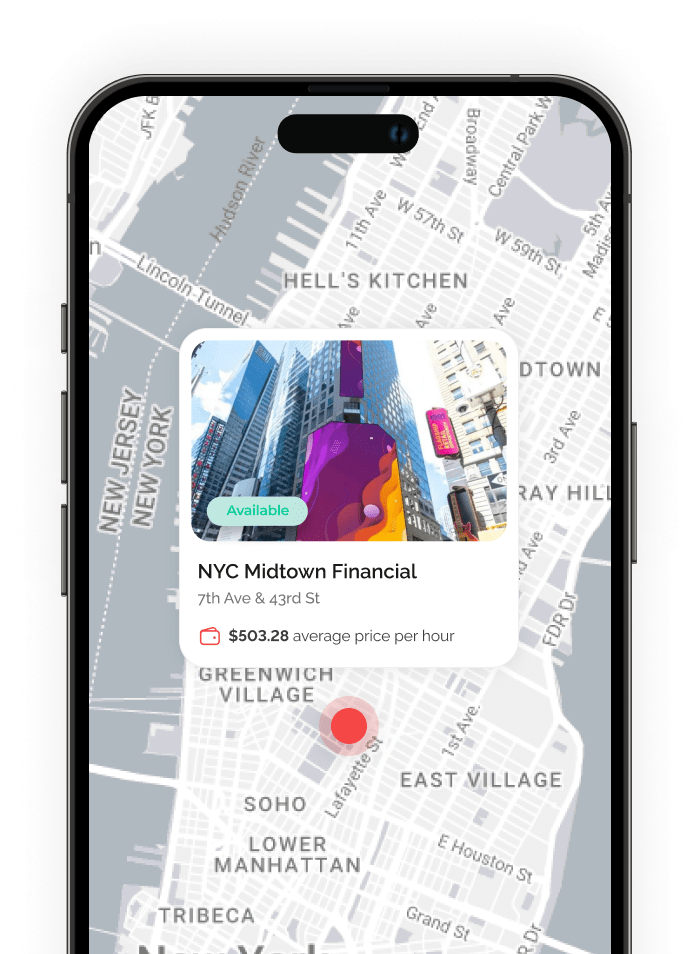Medical Billboards: A Guide to DOOH for Health Awareness

What are Medical Billboards?
Billboards have long held a prominent position in the realm of advertising. These towering structures, placed along highways and in busy city centers, capture attention in ways digital and print often cannot.
Today, billboards are increasingly used as tools for public health. Companies and health organizations employ them to deliver vital messages to broad audiences.
From major cities to rural towns, medical billboards now play an active role in raising awareness on issues like pandemics, heart disease, and mental health. They influence health decisions, encourage action, and serve as public health allies rather than just advertising platforms.
Evolution of Medical Billboards
Billboards have been a cornerstone in the advertising world for decades. Placed in high-traffic areas, they generate high impressions and remain resilient even in the digital age.
In the past, medical billboards were limited to local clinics or pharmaceutical ads. Today, they promote public health campaigns, prevention initiatives, and wellness programs.
Health organizations and platforms like Blindspot leverage DOOH (Digital Out of Home) to reach audiences with real–time updates, measurable results, and omnichannel integration.
Why Medical Billboards Matter
Medical billboards matter because they combine reach, visibility, and recall.
Reaching wider audiences: Unlike digital ads that depend on targeting or internet access, billboards are seen by everyone in the community.
Instant message delivery: No clicks, no skips, health messages are absorbed immediately.
High recall: Bold visuals and simple copy leave lasting impressions, keeping health awareness top of mind.
How Medical Billboards Work
The Power of Visual Communication
Humans are highly visual. The brain processes images faster than text, and strong visuals spark immediate emotional responses. This makes health campaigns especially powerful on billboards.
Effective Messaging Techniques
Medical billboards use compelling images paired with short, clear copy. Featuring healthcare professionals adds credibility, while graphic or emotional visuals ensure the message resonates.
Real-Time Flexibility with DOOH
Digital billboards enhance this power with programmatic technology. Content can update instantly based on new data.
Benefits of Medical Billboards
Reaching a Wider Audience
Billboards’ omnipresence makes them excellent for health advertisements aimed at broad demographics. They effectively reach potential customers for healthcare services, capturing attention from individuals who might not be reached through other channels. Unlike digital campaigns requiring internet access or targeted marketing, billboards are visible to everyone. This universal exposure is crucial for disseminating public health messages relevant to entire communities.
Instantaneous Message Delivery
Billboards ensure immediate message delivery. There’s no ‘click to open’ or ‘skip ad’ button; the message is unmissable. This immediacy is vital, especially when information could save lives. Billboards also support urgent public health communications by quickly providing critical information to wide audiences.
The Potential for Real-Time Updates and Information Dissemination
Digital technology has transformed medical billboards beyond static displays. Platforms like Blindspot enable advertisers to update billboard content programmatically and in real time. Data-driven digital signals allow instant content changes, ensuring messages reflect the latest information. Emergency advisories, such as outbreak warnings, can be broadcast instantly, enhancing public safety.
Challenges in Healthcare Billboard Advertising
- Design competition: Cutting through the visual noise in high-traffic areas.
- Regulatory compliance: Ensuring messages are accurate, ethical, and sensitive.
- Measurement: Linking billboard exposure to patient actions requires creative tracking.
- Integration: Campaigns work best when combined with digital and traditional media.
Best Practices for Effective Medical Billboard Campaigns
- Clearly identify the target audience for healthcare advertising and create billboard ads tailored to their specific medical needs.
- Utilize digital screens and programmatic digital out-of-home (DOOH) advertising in high-traffic areas to boost visibility and engage potential patients effectively.
- Leverage real–time analytics and external data to optimize healthcare ad placement, timing, and targeting strategies.
- Measure campaign success through brand lift studies, increased website traffic, and patient inquiries while maintaining professional, compliant, and trustworthy healthcare advertising content.
The Future of Medical Billboards
The Rise of Digital Billboards and Interactive Features
Digital billboards now integrate QR codes, AR, and mobile interactivity, transforming them from static displays into educational platforms.
Partnerships Driving Impact
Health organizations and agencies are collaborating more closely, creating targeted campaigns supported by analytics and adaptability.
Shaping Public Perception
Medical billboards now normalize health conversations, making once-taboo topics part of the public dialogue.
Encouraging More Responsible and Impactful Billboard Campaigns in the Future
With their promise, medical billboards carry responsibility. Advertisers and health organizations must ensure displayed information is accurate, ethical, and beneficial.
Conclusion
In conclusion, medical billboards represent an innovative, highly effective avenue for public health awareness. Their broad outreach, immediate message delivery, and real-time updates make them indispensable tools in modern healthcare advertising. As technology advances and awareness of their influence grows, medical billboards will play an increasingly significant role in shaping the health landscape.
Leveraging platforms like Blindspot’s for programmatic booking of digital billboard spaces, the future looks bright for medical billboards as dynamic, powerful health awareness media. With proper measures, they offer invaluable opportunities to improve public health on a large scale.




